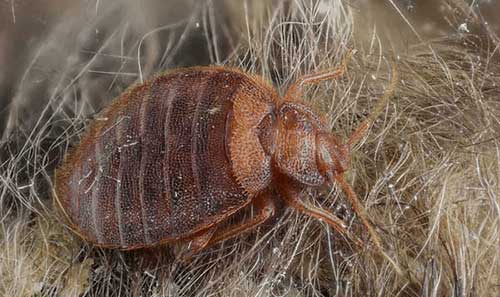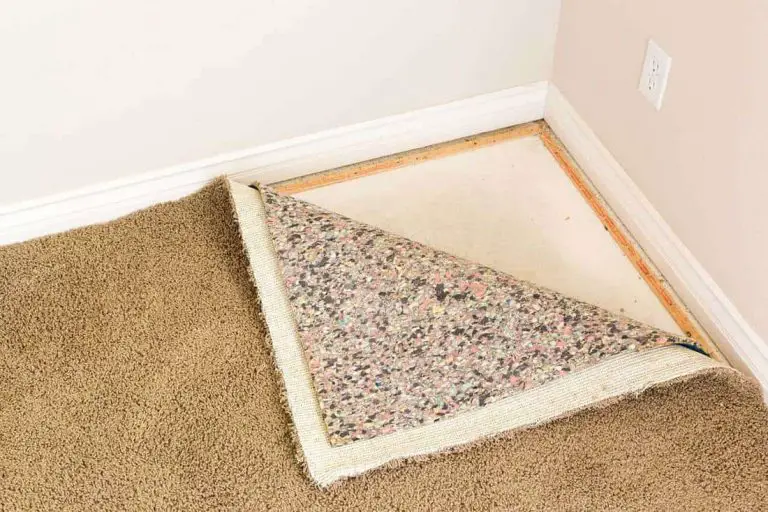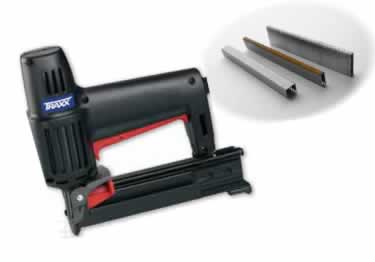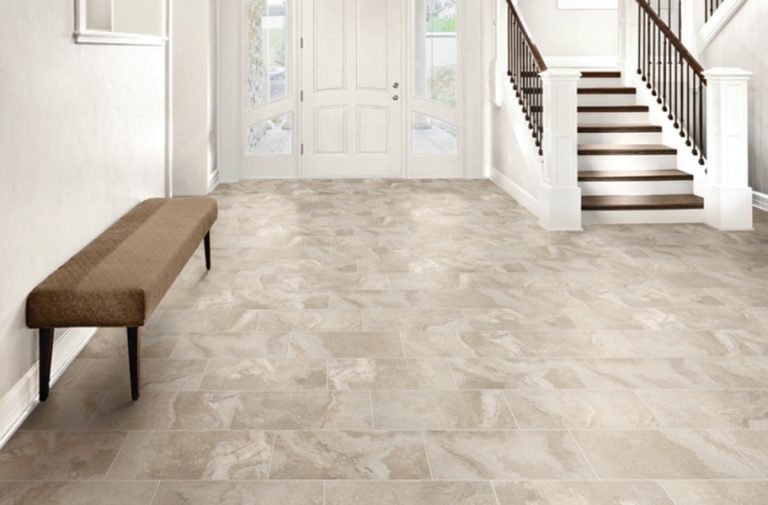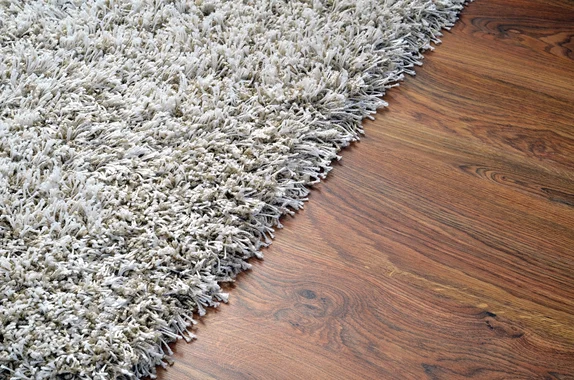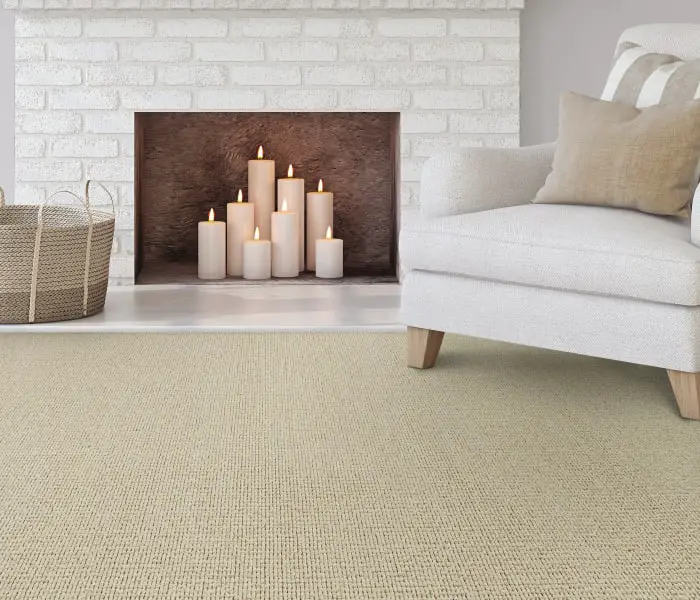How To Treat Carpet For Bed Bugs
Bed bugs are a nuisance and can be difficult to get rid of once they have infested your home. Treating carpets for bed bugs is an important step in getting rid of these pests. It is important to treat carpets for bed bugs to prevent the spread of these pests throughout your home. This article will provide information on how to treat carpets for bed bugs. It will discuss the different methods of treating carpets for bed bugs, the importance of regularly vacuuming carpets, and the use of insecticides to get rid of bed bugs. Finally, it will provide tips on how to prevent bed bugs from returning in the future.
What Are Bed Bugs?
Bed bugs are small, nocturnal insects that feed on the blood of humans and other warm-blooded animals. They are oval-shaped, reddish-brown in color, and are about the size of an apple seed. They typically hide in mattresses, furniture, carpets, and other fabric-based items. Bed bugs can be difficult to spot because they are usually active at night when people are asleep, but there are a few signs to look for, such as a sweet musty odor or shed skin.
It’s important to identify and treat bed bugs as soon as possible to avoid infestations. Carpets are a common hiding spot for bed bugs, so it’s important to know how to treat carpets for bed bugs. Here are some tips on how to treat carpets for bed bugs: Vacuum regularly, use steam cleaners when possible, use insecticides, and check for signs of bed bugs.
Vacuuming can help remove bed bugs and their eggs from carpets. Regular vacuuming also helps to keep carpets clean and prevent bed bugs from setting up the shop. Steam cleaners are also a great way to treat carpets for bed bugs.
Signs of Bed Bug Infestation
Bed bug infestations can be particularly difficult to detect, as the pests are nocturnal and often hide in small spaces. However, certain signs can indicate a bed bug problem—including physical sightings, blood spots, and a musty odor.
If you suspect bed bugs, it is important to act quickly to ensure the problem does not worsen. If you have a carpet, this can be a breeding ground for bed bugs, so it is important to treat the carpet if you suspect you have an infestation.
The first sign of a bed bug infestation is the presence of physical sightings. Bed bugs are reddish-brown and are about the size of an apple seed. They can be found in mattresses, box springs, and furniture. Additionally, if you notice dark spots on your mattress or sheets, these could be dried blood from bed bug bites.
Another sign of a bed bug infestation is a musty odor. Bed bugs can emit an unpleasant smell that is often described as a “rotting fruit” odor. This smell comes from the bed bugs’ glands and can be detected even when the pests are not visible.
Finally, if you wake up with bites or rashes on your skin, this could be a sign of bed bugs. If you experience this, it is important to inspect your bedding and furniture for bed bugs.
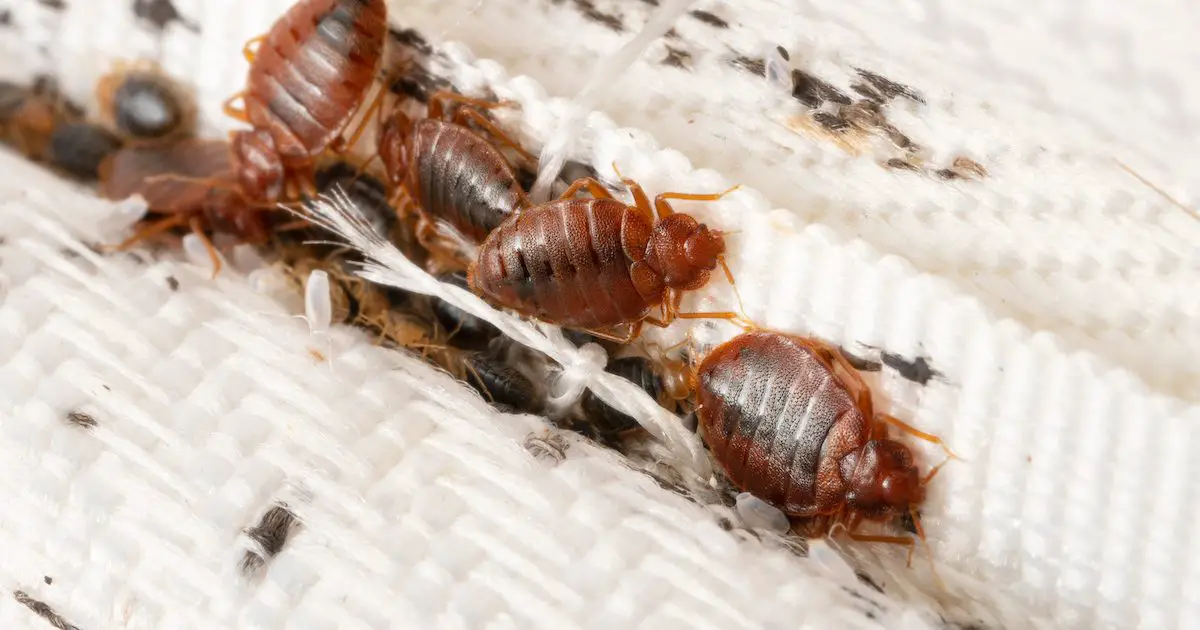
Credit: drivebyeexterminators.com
Causes of Bed Bug Infestation
Bed bugs are one of the most unpleasant pests to have in your home. They are small, flat, oval-shaped insects that feed on the blood of humans and animals. Unfortunately, they are very difficult to get rid of and can cause a great deal of distress for homeowners. It is important to understand the causes of bed bug infestations to properly address and treat them.
One of the most common causes of bed bug infestation is the transportation of items such as luggage and furniture. Bed bugs are easily transported on clothing, bags, and furniture, and can quickly spread to other areas of the home.
Bed bug infestations can also occur due to inadequate cleaning of carpets and rugs. When carpets and rugs are not regularly vacuumed and cleaned, bed bugs can easily hide and multiply in these areas. It is important to regularly vacuum and steam clean carpets and rugs to ensure that bed bugs are not able to take up residence in these areas.
Finally, bed bug infestations can be caused by poor home maintenance. Cracks and crevices in walls, floors, and ceilings can provide an ideal hiding spot for bed bugs. It is essential to inspect and seal these areas to prevent bed bugs from taking up residence in your home.
Bed Bug Treatment Options
When it comes to treating carpets for bed bugs, a range of different options are available. Heat and steam treatments are two of the most commonly used methods for treating carpets. Heat treatments involve bringing the temperature in the room up to the point where bed bugs are killed off. Steam treatments involve the use of a steam cleaner to penetrate the carpet fibers and kill bed bugs. Alternatively, sprays and dust can be used to treat carpets for bed bugs. Sprays are effective at killing bed bugs but can leave behind a residue that can cause air quality issues. Dusts are effective at treating carpets for bed bugs but can be difficult to apply. Finally, vacuuming is an effective way to reduce the number of bed bugs in carpets. Vacuuming is not a complete solution, however, and should be used in conjunction with other treatments.
No matter which method is chosen, it is important to ensure that all areas of the carpet are treated thoroughly. Bed bugs can hide in crevices and other hard-to-reach areas, so it is important to take the time to treat the entire carpet. Additionally, carpets should be vacuumed regularly to ensure that any bed bugs that have been missed are eliminated. Taking the time to properly treat carpets for bed bugs will help to ensure that the problem is effectively eliminated.
Cleaning Up After Treatment
Once you’ve treated your carpets for bed bugs, it’s important to clean up properly to prevent them from coming back. To do this, start by vacuuming the entire area, especially around the edges and in crevices. Pay special attention to any areas that have been treated with insecticides. Next, use a steam cleaner to clean the carpets. This will help to kill any remaining bed bugs and eggs, as well as any other dust mites that may have been hiding in the carpet. Finally, use a high-powered vacuum to remove any remaining debris. Make sure to empty the vacuum bag or canister outside the home and dispose of it properly.
Once you have finished cleaning the carpets, it’s important to wash any bedding, curtains, and other fabrics that may have been exposed to bed bugs. This can be done in hot water and with a strong detergent. If you have any stuffed animals, these should also be washed in hot water and detergent. Alternatively, you can put them in a plastic bag and store them in the freezer for several days.
FAQs About the How To Treat Carpet For Bed Bugs
Q1: What is the best way to treat my carpet for bed bugs?
A1: The best way to treat your carpet for bed bugs is to have a professional pest control company come in and treat your home with a combination of chemical and non-chemical methods.
Q2: Is it possible to treat my carpet for bed bugs without the help of a professional?
A2: Yes, there are a few do-it-yourself treatments that can be effective in treating bed bugs in carpets. These treatments include vacuuming, steaming, applying diatomaceous earth, and using insecticides.
Q3: How often should I treat my carpet for bed bugs?
A3: It is recommended to treat your carpet for bed bugs regularly, at least once every six months. Additionally, if you notice any signs of an infestation, you should contact a professional pest control company right away.
Conclusion
The best way to treat carpet for bed bugs is to vacuum and steam clean regularly. Additionally, using an insecticide and dusting powder can help kill and prevent bed bugs from living in your carpets. It is important to take preventative measures to ensure that bed bugs don’t become a problem in your home. With the proper precautions, you can keep your carpets free of bed bugs.
